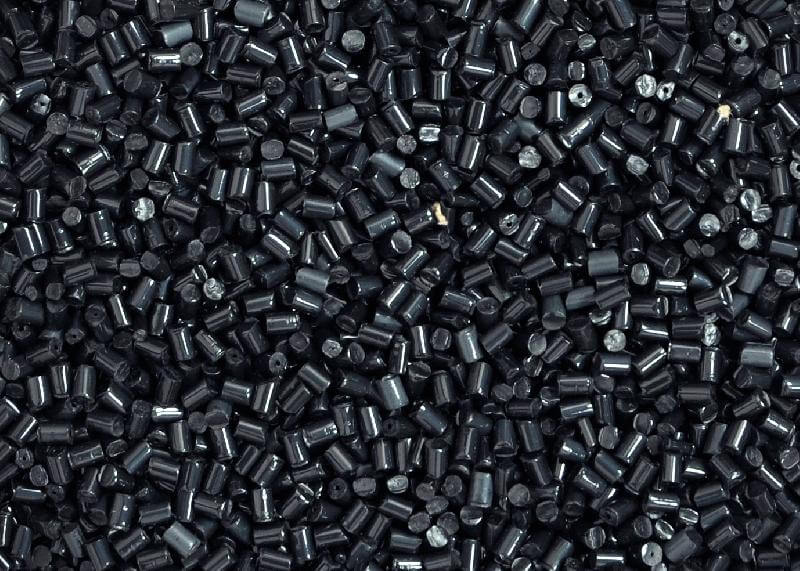Introduction
Nylon, a revolutionary synthetic polymer, has reshaped industries with its unique blend of strength, versatility, and durability. Its prominence in high-wear components is no coincidence; nylon’s exceptional properties allow it to endure stress and friction while maintaining its functionality. As demands for reliable and efficient materials grow, nylon material continues to lead the charge in innovation. This article delves into the multifaceted advantages of nylon, exploring its technical aspects, real-world applications, and future potential. Whether in automotive, aerospace, or daily life, nylon’s contributions are impossible to overlook.
Properties of Nylon: The Backbone of Its Success
Extraordinary Durability and Longevity
Nylon material’s molecular structure is designed for resilience. It exhibits remarkable tensile strength, ensuring that components made from nylon withstand prolonged stress without compromising integrity. Unlike materials that degrade under constant use, nylon maintains its performance over time, making it indispensable for high-wear applications.
Resistance to Abrasion, Impact, and Heat
One of nylon material’s standout properties is its resistance to abrasion and impact. These attributes make it the material of choice for applications that involve high friction or sudden force, such as conveyor belts and mechanical gears. Moreover, modern nylon variants are engineered to tolerate high temperatures, expanding their usability in extreme environments.
Low Friction for Seamless Operation
The low coefficient of friction in nylon material reduces wear and tear in moving parts. This characteristic ensures smoother operation and minimizes energy loss, making nylon an eco-friendly and cost-effective choice for industries aiming to improve efficiency.
Flexible Yet Strong
Nylon material strikes a unique balance between flexibility and toughness. Its ability to bend without breaking, combined with its elasticity, makes it adaptable to various shapes and uses. This property is especially valuable in applications requiring shock absorption and adaptability.
Applications of Nylon Across Industries
Transforming the Automotive Industry
In the automotive world, nylon material is a game-changer. It’s used in engine components, fuel systems, and interior parts. Its lightweight nature contributes to fuel efficiency, while its durability ensures that vehicles operate reliably over the long term. Nylon material’s noise-dampening properties also enhance driving comfort.
Elevating Aerospace Engineering
The aerospace industry demands materials that can endure extreme conditions while remaining lightweight. Nylon material fulfills these requirements, serving in applications such as cable sheathing, fuel line components, and structural reinforcements. Its resistance to temperature fluctuations ensures safety and performance in high-altitude operations.
Revolutionizing Textiles
Nylon’s introduction to textiles was transformative. Its strength, elasticity, and resistance to wear make it ideal for producing durable fabrics, parachutes, and industrial threads. Innovations in nylon weaving techniques continue to expand its use in fashion and industrial applications.
Enhancing Sports Equipment
From tennis rackets to mountain climbing ropes, nylon’s lightweight and robust characteristics enhance sports equipment performance. It’s not just about durability—nylon’s flexibility and shock absorption add a layer of safety and reliability for athletes.
Everyday Applications
Beyond industry, nylon material plays a crucial role in daily life. Items like toothbrushes, kitchen utensils, and even phone cases rely on nylon for their durability and ease of manufacture. This ubiquitous material seamlessly integrates into modern living.
Comparing Nylon with Other Materials
Nylon vs. Metal: The Lightweight Champion
While metal offers unparalleled strength, its weight and susceptibility to corrosion pose challenges. Nylon provides a lightweight, rust-resistant alternative that maintains strength without adding bulk. This makes nylon ideal for applications where weight reduction is crucial.
Nylon vs. Rubber: Balancing Flexibility and Strength
Rubber’s flexibility is unmatched, but it lacks nylon’s tensile strength and abrasion resistance. Nylon bridges this gap, offering a material that’s both flexible and robust, suitable for dynamic environments.
Nylon vs. Plastics: The Superior Choice
Among plastics, nylon stands out for its mechanical properties. It outperforms other polymers in wear resistance, impact tolerance, and adaptability, making it a preferred choice for engineers and manufacturers.
Case Studies: Real-World Applications of Nylon
Nylon Gears in Precision Machinery
In industrial machinery, nylon gears reduce noise, resist wear, and operate smoothly. Their lightweight nature also reduces the strain on motors, leading to energy savings and prolonged equipment life.
Automotive Bearings: A Silent Revolution
Nylon bearings in automobiles ensure quiet, efficient operation. They’re resistant to heat and friction, making them essential for critical components like wheel hubs and engine mounts.
Nylon Threads in Modern Textiles
Industrial and fashion textiles benefit from nylon’s strength and elasticity. High-performance fabrics, from hiking gear to safety nets, rely on nylon threads for reliability under stress.
Maintenance and Care of Nylon Components
Cleaning and Lubrication
Proper maintenance extends nylon’s lifespan. Use non-abrasive cleaners and apply suitable lubricants to moving parts to prevent degradation and ensure optimal performance.
Storage Best Practices
Store nylon components in cool, dry environments to avoid issues like moisture absorption or deformation. Proper storage preserves their structural integrity and functionality.
Troubleshooting Common Issues
Inspect nylon parts regularly for signs of wear, such as cracks or deformation. Address minor issues promptly to prevent more significant problems and ensure consistent performance.
The Environmental Impact of Nylon
Recycling: Closing the Loop
Recycling initiatives for nylon are gaining traction, enabling industries to repurpose used materials. Recycled nylon is used in everything from carpets to automotive parts, reducing landfill waste.
Towards Sustainability
Efforts to produce bio-based nylon are paving the way for a greener future. These innovations aim to reduce dependency on petroleum-based materials and lower the carbon footprint of nylon production.
Innovations in Eco-Friendly Nylon
Research into biodegradable nylon and improved recycling processes highlights the industry’s commitment to sustainability. These advancements promise to make nylon even more environmentally friendly.
Conclusion
Nylon material’s unparalleled versatility and strength make it a cornerstone material for high-wear components. Its impact spans industries, from automotive and aerospace to everyday household items. As sustainability becomes a priority, innovations in nylon production and recycling are shaping a more eco-conscious future. Embrace the possibilities of nylon in your projects, and explore how this remarkable material can drive performance and sustainability in equal measure. Discover the future with nylon—the material of endless potential.

